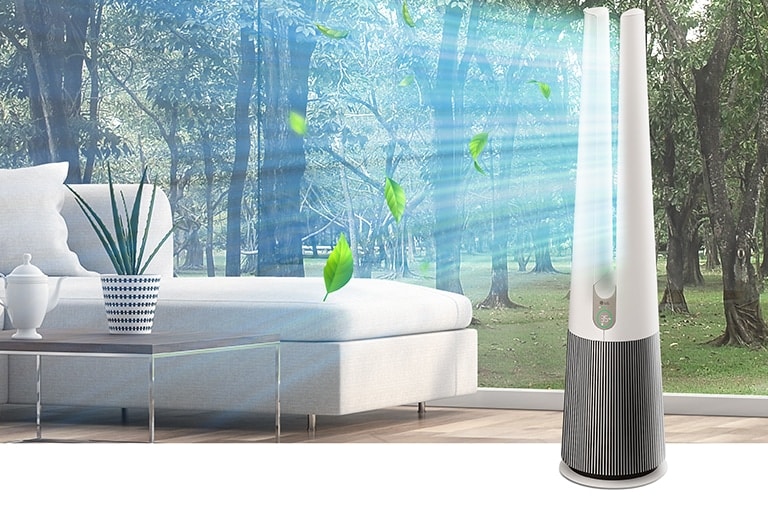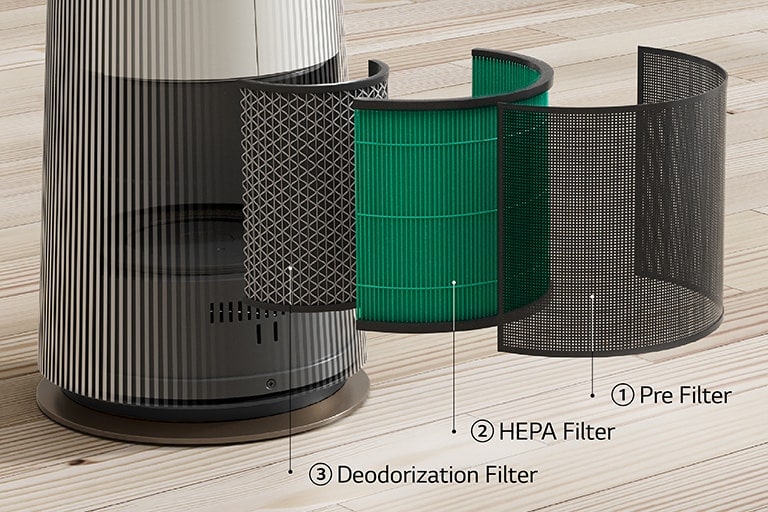Air purifiers are effective for asthma and allergies by removing airborne allergens like dust, pet dander, pollen, and mould spores. The right air purifier can significantly reduce airborne allergens, providing much-needed relief.*3 Here’s how:
• High-Efficiency Particulate Air (HEPA) Filters: Designed to trap 99.97% of airborne particles as small as 0.3 microns. That includes dust, pet dander, pollen, and even some mould spores. *3
• Activated Carbon Filters: Activated carbon filters are great at absorbing odours and harmful VOCs. Whether it’s cooking smells, pet odours, or chemical fumes from cleaning products, these filters help keep your air fresh and safe to breathe. *3
• Reducing Asthma Triggers: Air purifiers aren’t just for allergy sufferers. They’re also excellent for asthma relief. By capturing dust mites, mould spores, and other asthma triggers, these devices can help you breathe easier and reduce the frequency of asthma attacks.*3
• Mould and Dust Mite Prevention
Mould and dust mites are two of the most common triggers for allergies and asthma. *3 Here’s how air purifiers can help reduce their impact:
• Fighting Mould Spores: Mould spores are tiny and can easily become airborne, worsening allergy and asthma symptoms. An air purifier with a HEPA filter can trap these spores, preventing them from circulating in your home. Additionally, maintaining proper air circulation and humidity levels helps reduce mould growth.*3
• Controlling Dust Mite: Dust mites thrive in humid environments. Using an air purifier with a HEPA filter and ensuring good air circulation can minimise dust mite accumulation, making your home a safer space for those with allergies or asthma.*3
*3Source:
https://www.epa.gov/mold/mold-course-chapter-9
https://www.worldallergyorganizationjournal.org/article/S1939-4551%2824%2900050-4/fulltext
https://pmc.ncbi.nlm.nih.gov/articles/PMC9022093
https://www.healthline.com/health/benefits-of-air-purifiers
https://acaai.org/allergies/management-treatment/living-with-allergies/air-filters/
https://onlinelibrary.wiley.com/doi/10.1155/2024/8847667



